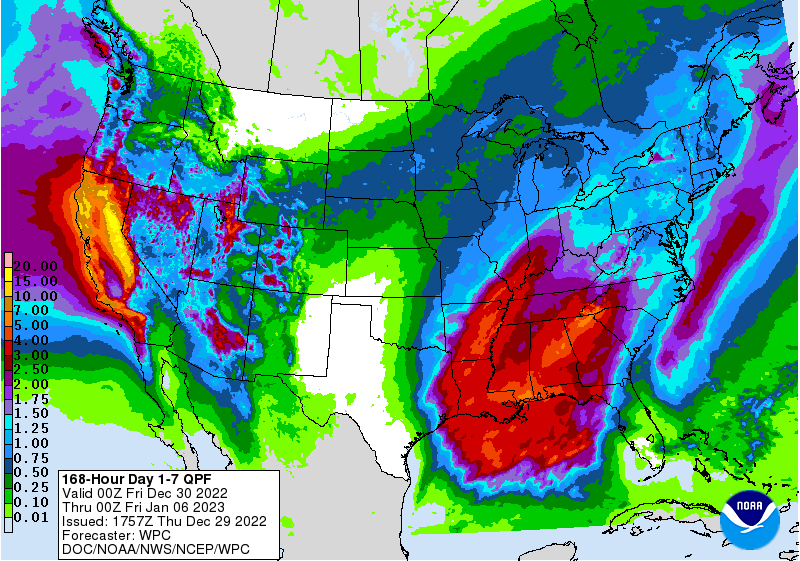PDF Attached
Today
was position day for January futures. First
Notice Day deliveries are expected to be light. Soybeans traded two-sided and ended higher. Soybean meal was lower and soybean oil higher (product reversal). Profit taking was seen for corn and wheat.
News
was extremely light. Weekly US ethanol production fell hard from the previous week and stocks increased by a larger than expected amount. Global export developments were light.
Weather
Showers
should favor Argentina’s Cordoba today and Saturday. Southern Brazil will see net drying. U.S. Northern Plains will receive significant snow Monday into Tuesday of next week. Upper Midwest will see rain. The US Delta and SE will see significant rain over the
next week. The Great Plains will see rain across western NE, northwest KS, and CO today, then TX through Friday.

